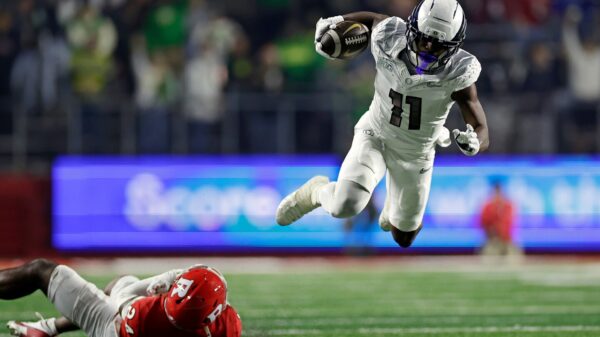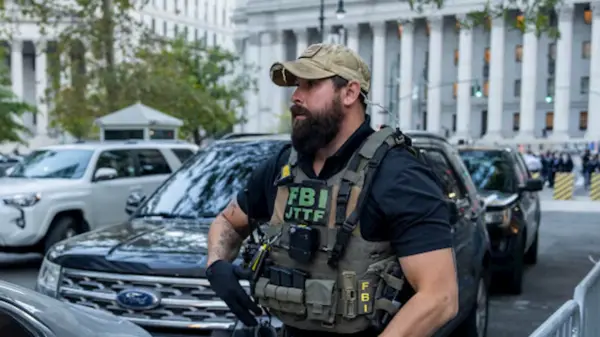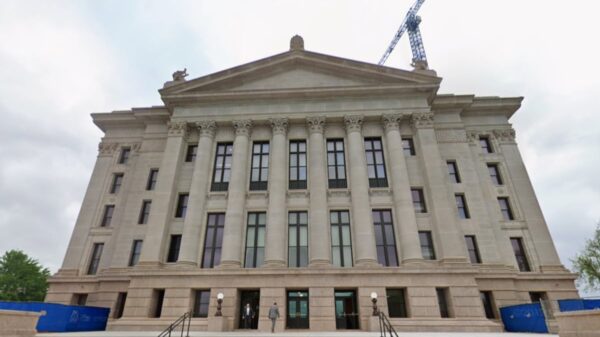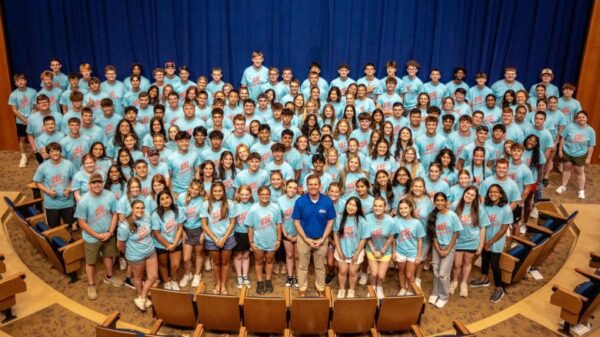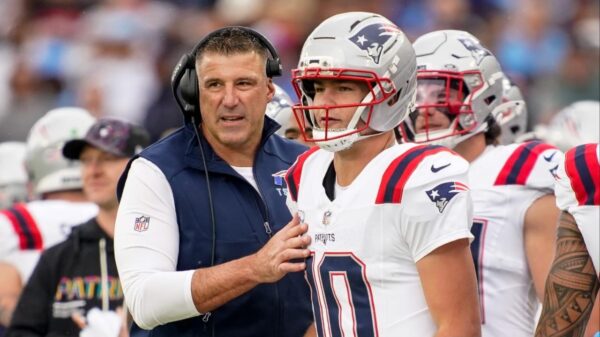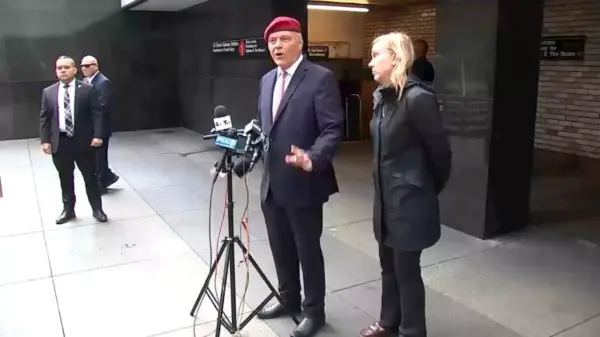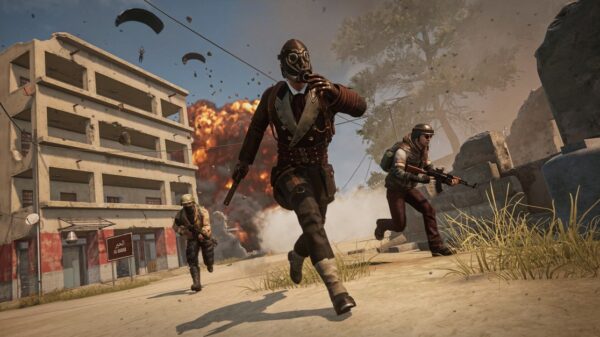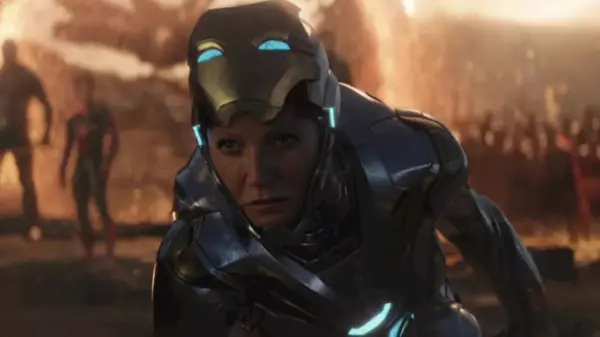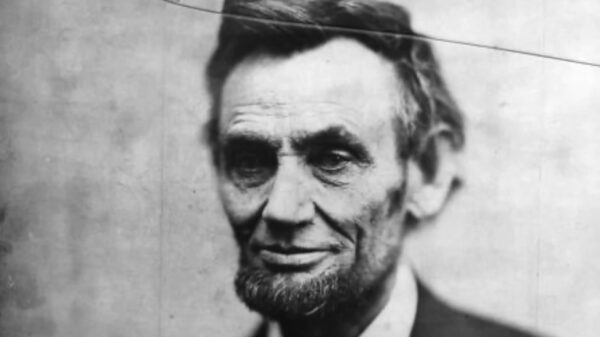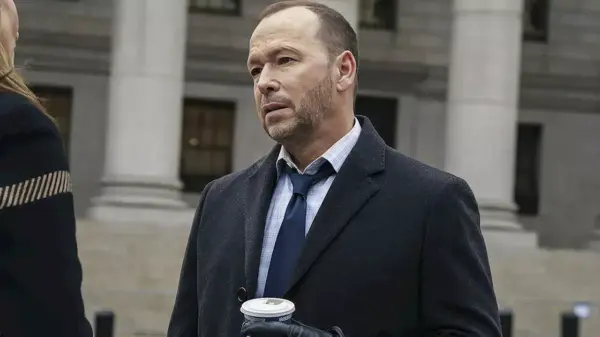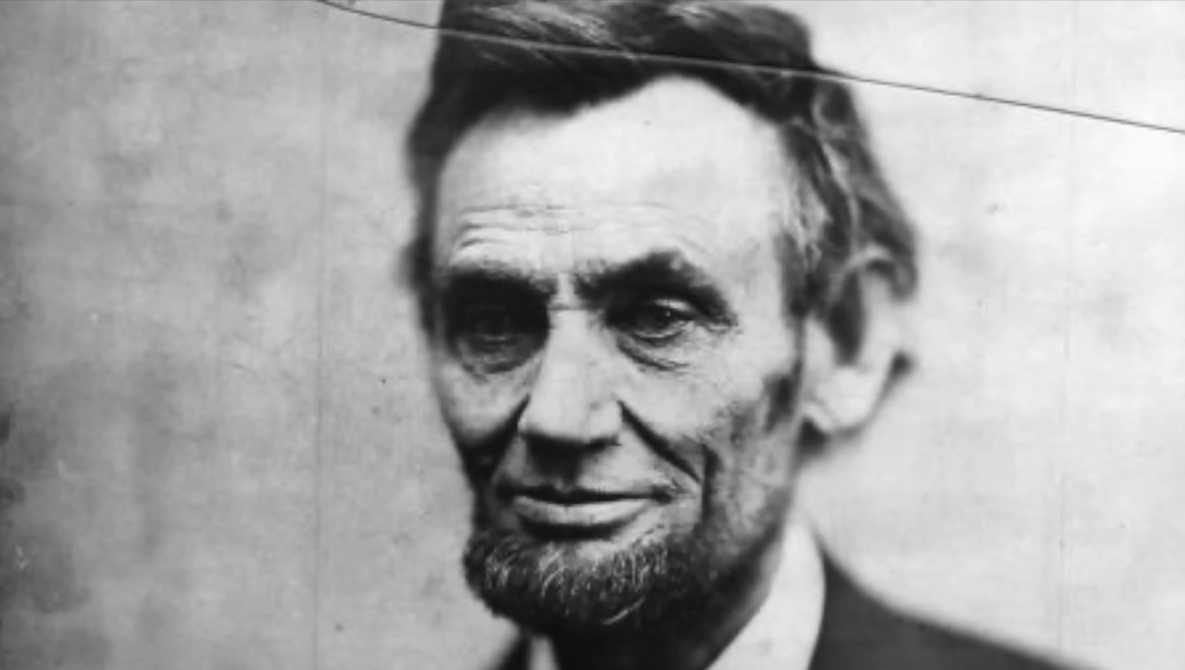The final photographs of U.S. presidents who have passed away reveal poignant moments that encapsulate their legacies. A recent video presentation thoughtfully explores these last images, shedding light on the context and significance behind each photograph. The compilation begins with early portraiture and progresses through daguerreotypes to modern press images, highlighting notable instances such as the last image of Abraham Lincoln taken on March 6, 1865, and Dwight D. Eisenhower visiting Walter Reed with Richard Nixon on February 2, 1969.
The video engages viewers by emphasizing the power of photographs to convey emotion and context. It pauses at critical moments, including the final frame of John F. Kennedy just before the tragic events of November 22, 1963. This exploration is not an exercise in sensationalism; rather, it serves to illustrate how photographs can capture fleeting circumstances and the potential for misinterpretation without proper context.
A careful examination reveals the complexities of photographic preservation and attribution. For instance, while William Henry Harrison is often associated with a widely circulated image, it is actually a photograph of an 1840 portrait, not an original photograph. The video also showcases Franklin D. Roosevelt in multiple images from 1918, presenting viewers with various interpretations rather than a singular narrative.
The treatment of William McKinley is particularly noteworthy, as it details the sequence of photographs taken at the Temple of Music in Buffalo on September 6, 1901. It highlights the final angle captured inside the venue, offering a more intimate perspective than the more dramatic images taken outside. Such details enrich the understanding of each subject’s final days, prompting reflection on timing, access, and the role of the photographer.
Contextualizing the Legacy of Presidents
The video also addresses the historical significance of painted “last likenesses.” For example, the sections on John Adams and Thomas Jefferson elucidate why painted representations were preferred over photographs in their eras. This distinction matters when considering how visual narratives are constructed over time.
Images of Ulysses S. Grant, taken in July 1885 just before his death, illustrate a man acutely aware of the legacy he was leaving behind. His posture and gaze invite viewers to reconsider their perceptions of his character and leadership. Similarly, a photograph of William Howard Taft from 1930, depicting him in a wheelchair, underscores how medical circumstances often shape the portrayal of leaders in their later years.
The video’s thoughtful approach highlights that documenting aides and the surrounding context is part of the narrative rather than mere extraneous detail. This perspective encourages viewers to appreciate the complexities of historical figures, seeing them not merely as names in textbooks but as individuals at significant junctures in their lives.
Ultimately, this presentation offers more than just a collection of last photographs; it invites a deeper understanding of how history imprints itself on faces. Small details—a faint smile, a specific setting, or a subtle gesture—provide insights into the personalities behind the positions. The exploration prompts viewers to reflect on the humanity of these familiar figures, encouraging a more nuanced perspective as they approach the end of their stories.
For a comprehensive examination of these impactful images, viewers can access the full video presentation. The video is crafted by Alex Cooke, a Cleveland-based photographer and meteorologist, who also teaches music and finds joy in spending time with horses and rescue dogs.




